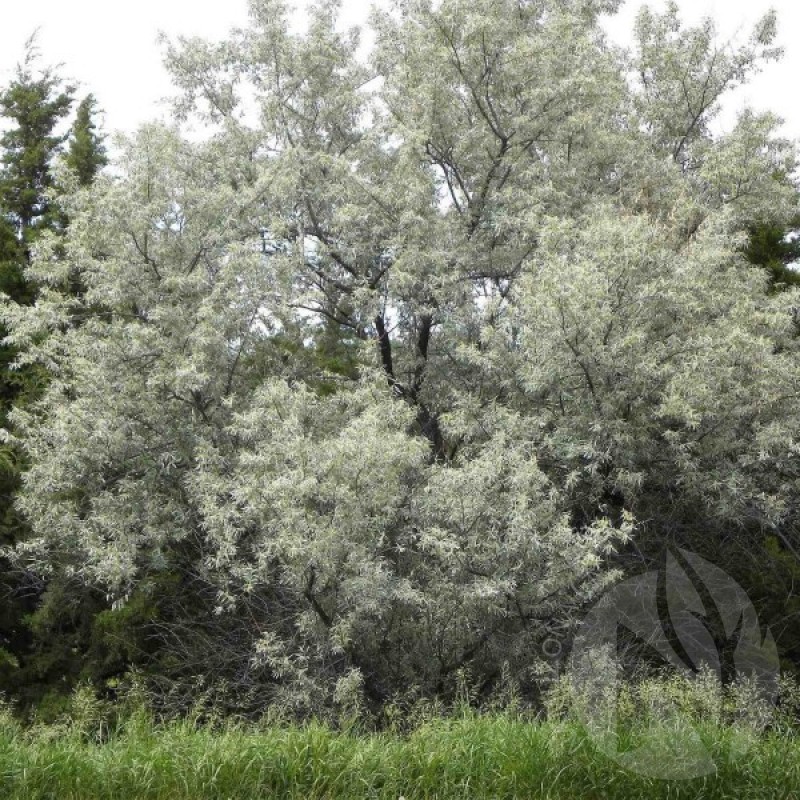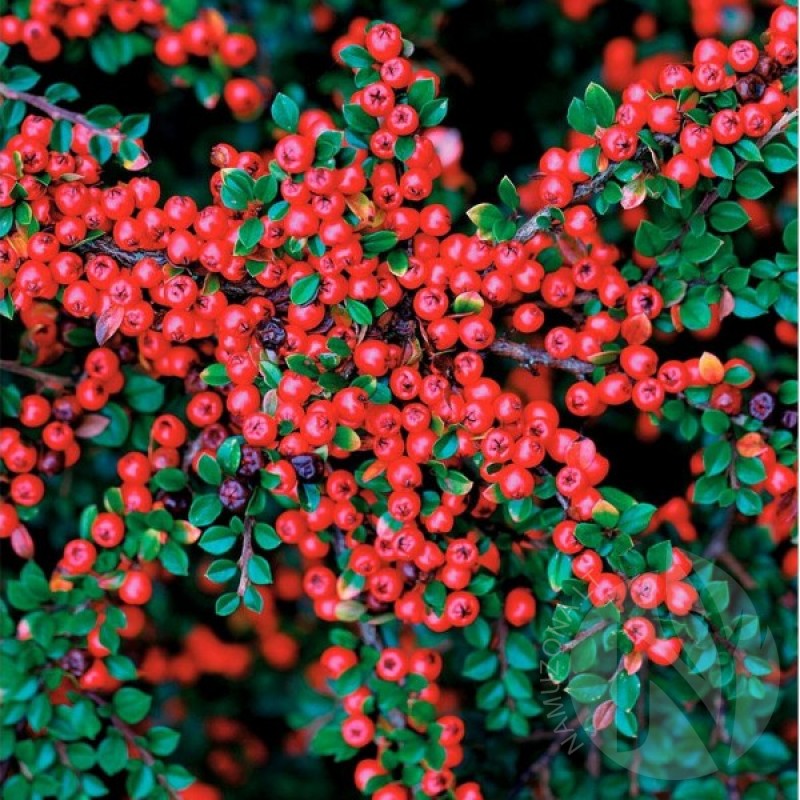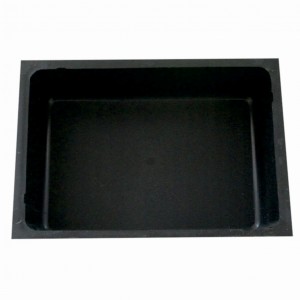
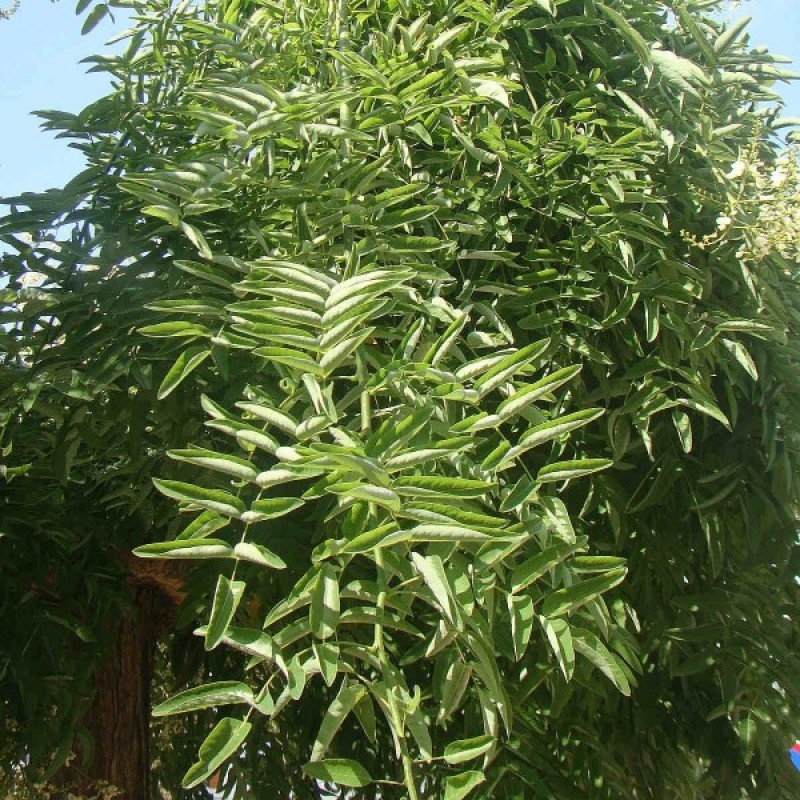
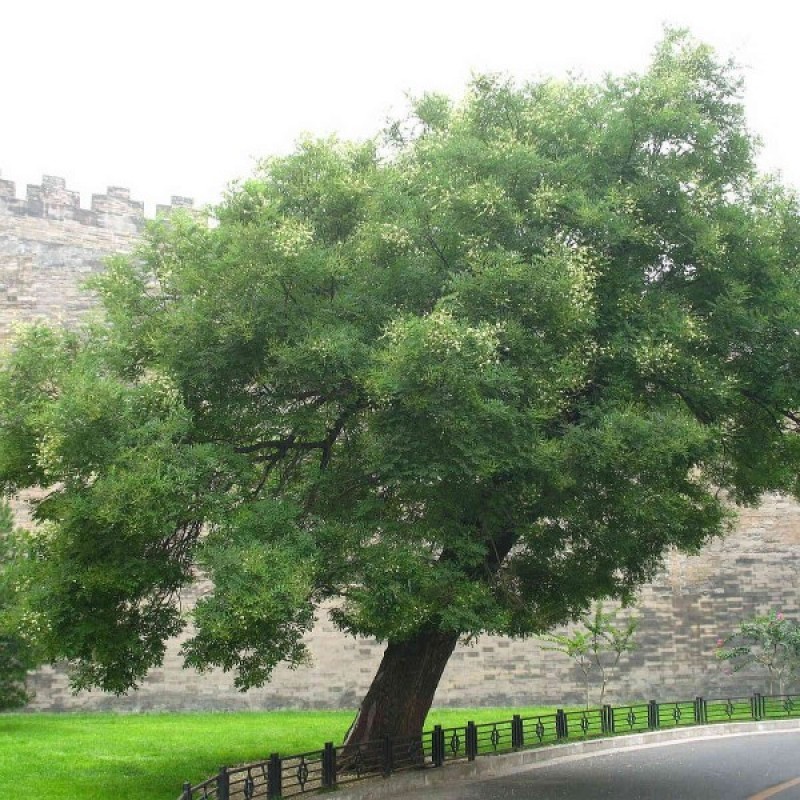

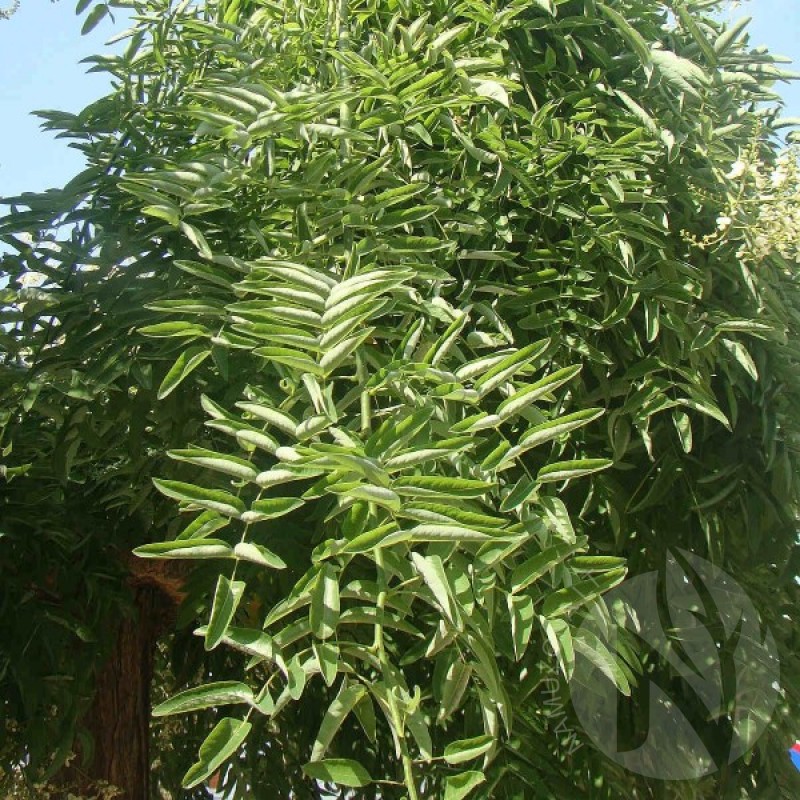
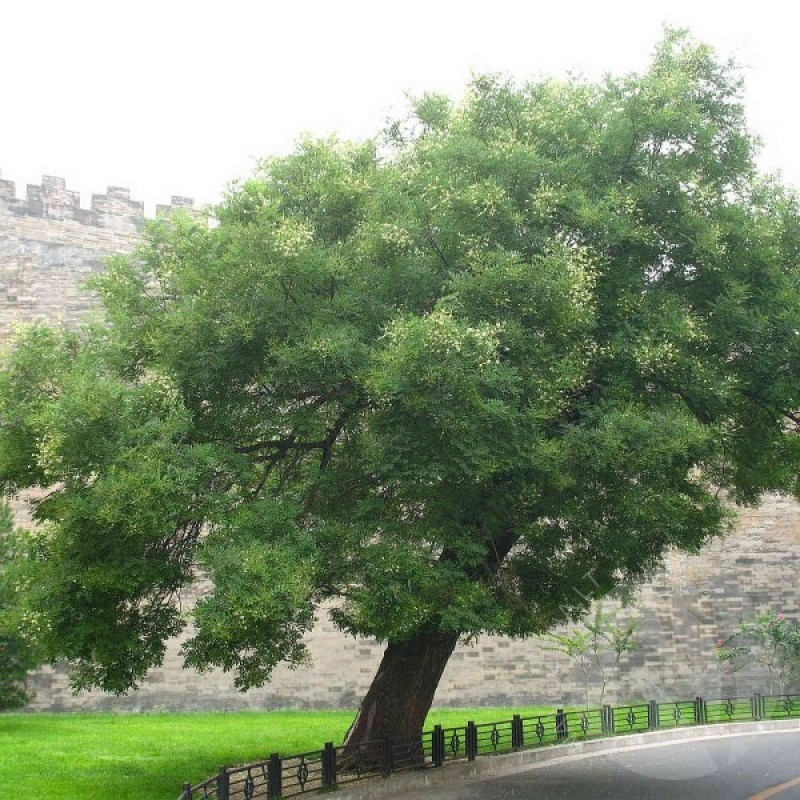
PAY ATTENTION!
All seeds (except SOLD OUT) are available for immediate shipping and will be dispatched within 1-2 business days.
INFORMATION NEEDED? PLEASE CONTACT US NOW!
Japanese pagoda (also known as Styphnolobium japonicum) is a large deciduous tree native to China but cultivated in Japan for hundreds of years. It is an upright, broad-spreading tree that grows as wide as it does tall, forming a lacy canopy of dark green, pinnate leaves. Fluffy pyramidal panicles, or clusters, of creamy white-green, fragrant flowers appear in summer, followed by green "pea pods". Leaves turn yellow in fall, but are not considered consistently ornamental. Its younger branches remain olive-green through winter, adding seasonal interest.
Preferring full sun and well-drained soil, Japanese pagoda also tolerates pollution, making its several cultivars a good choice for urban landscapes. Japanese pagoda tree makes a beautiful shade tree in large lawns or along city streets.
In some areas this tree has become very invasive, casting seeds into the landscape. Consult with regional authorities to learn if this tree is prohibited for garden use, or at a minimum, to be kept away from native ecological areas. Be aware that it is an aggressive plant in most landscapes.
Genus - Sophora
Species - Japonica
Common name - Japanese Pagoda Tree
Pre-Treatment - Not-required
Hardiness zones - 4 - 7
Height - 40'-75' / 12 - 23(60) m
Spread - 40'-75' / 12 - 23(60) m
Plant type - Tree
Vegetation type - Deciduous
Exposure - Full Sun
Growth rate - Fast
Soil PH - Acidic, Neutral, Alkaline
Soil type - Clay, laom, Sand, well drained
Water requirements - Drought tolerant, average water
Landscape uses - Shade Trees, Street Trees, Topiary / Bonsai / Espalier
Bloom season - Summer
Leaf / Flower color - Dark Green / White, Light Green
GERMINATION INSTRUCTIONS
1. Nick, file or cut off a small section of the seed coat on each of the seeds. This is necessary to break through the very hard seed coat.
2. Place the seeds into a small ceramic or metal bowl. Soak the seeds in warm water overnight. If the seed fails to imbibe, boiling water may be required.
3. Place the soaked seeds onto paper towels to dry for one to two hours. Dust each of the seeds with an all-purpose powder fungicide to prevent any fungal diseases which can kill seedlings.
4. Fill up deep tree pots that have been thoroughly cleaned with a sterilized growing media. (Tree pots are necessary to accommodate the long tap root of trees.) Place the growing media on a cookie sheet, or into a bowl, and place into a 300-degree pre-heated oven for 30 minutes if the growing media is not sterilized.
5. Poke 6 mm (1/4") deep holes in each of the pots. Place one seed into each of the pots. Cover up the seeds with the growing media or vermiculite.
6. Place the pots into an area in your home where they will be provided maximum light. Keep the growing media moist but do not water so often the soil becomes sodden. You can also place the pots outside in a sheltered location in your garden if all chance of frost has passed in your growing region. Germination of seeds will begin in approximately two weeks. (Info source: eHow.com)
Atsiliepimų apie šią prekę kol kas nėra.
No questions about this product.

